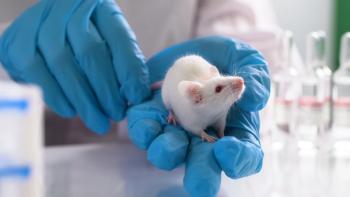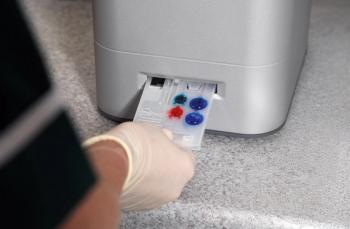
Scientists test the waters for test-tube sharks
Scientists are working to preserve the grey nurse shark, an endangered species, by eliminating the death of sharks in the womb, according to an article on www.cnn.com. Through a process called intra-uterine cannibalism, grey nurse embryo pups develop a jaw with razor-sharp teeth very early and cannibalize their siblings in the womb. Because the sharks have two wombs, two sharks survive every two years when the shark breeds.
Scientists are working to preserve the grey nurse shark, an endangered species, by eliminating the death of sharks in the womb, according to an article on
Scientists plan to develop the surgical procedures to harvest embryos from pregnant grey nurse sharks in the wild, then raise them in specially built artificial uteri in fisheries' laboratories, according to the article. Scientists plan to test the artificial uteri with embryos from nonaggressive, more common sharks. While the procedure is tested, they plan to track pregnant grey nurse sharks.
Once out of the womb, the sharks are described as docile creatures. In fact, they're referred to as the "Labradors of the sea."
Newsletter
From exam room tips to practice management insights, get trusted veterinary news delivered straight to your inbox—subscribe to dvm360.






